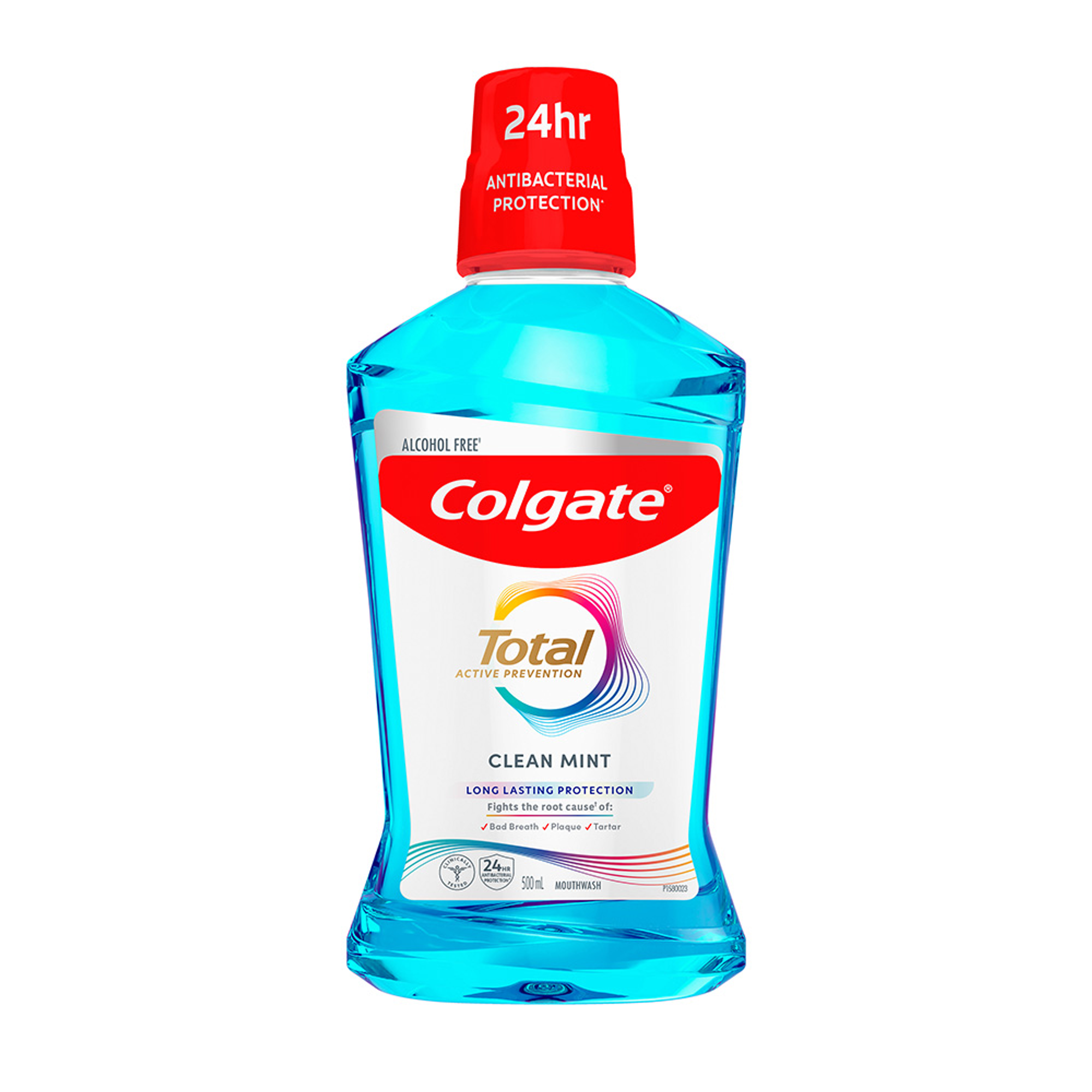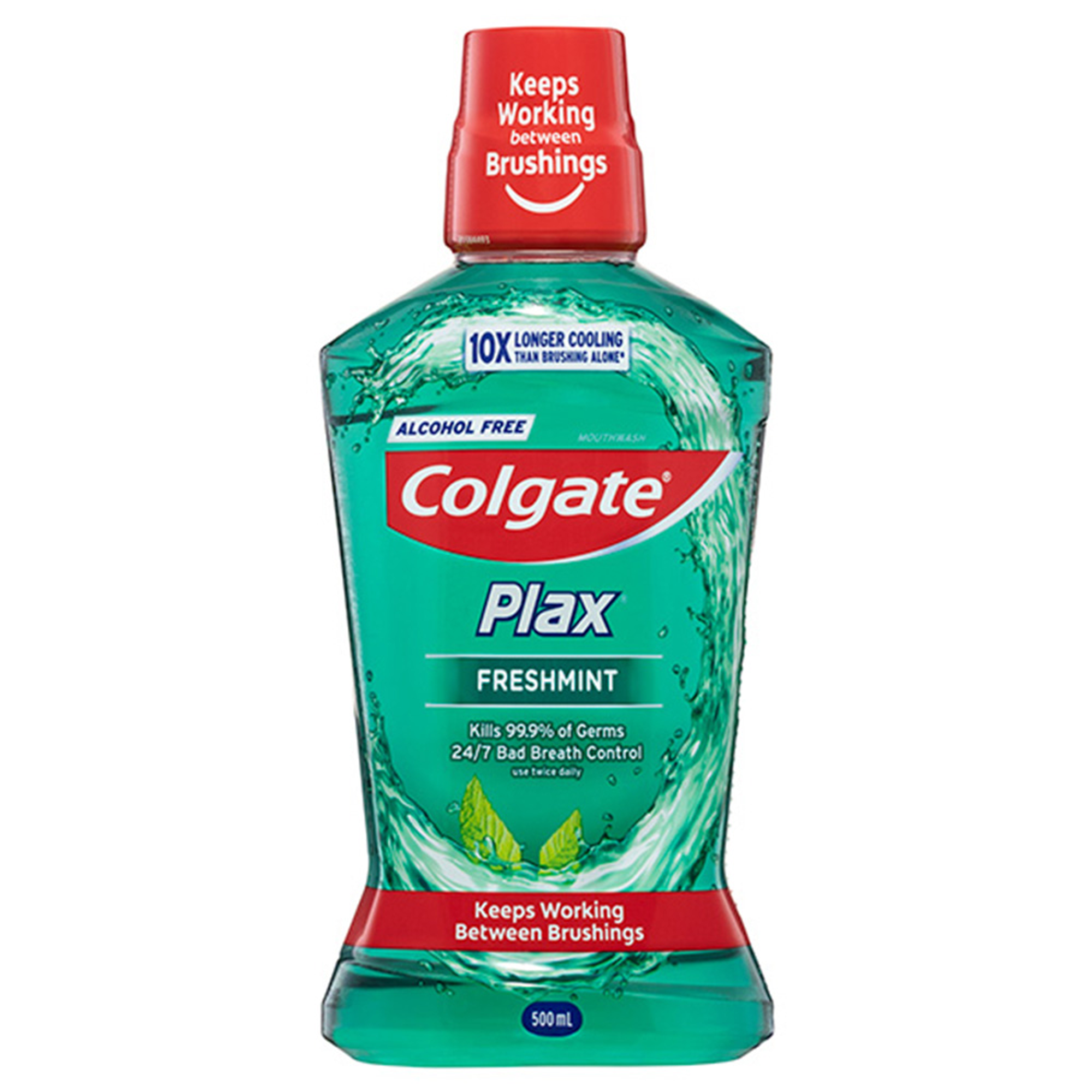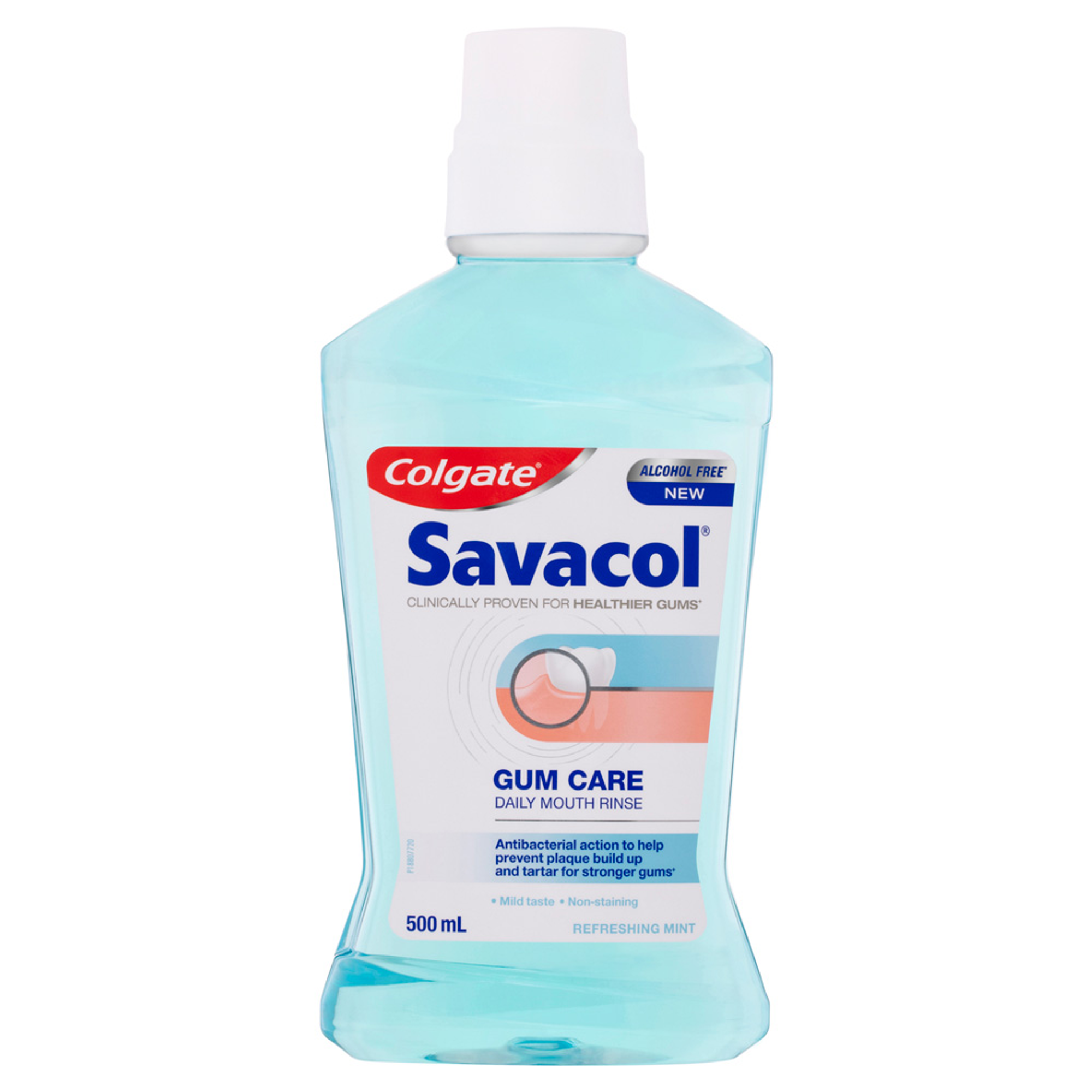
Fluoride is the cornerstone of caries prevention. It can be provided in two ways; topically and systemically. Topical application includes toothpastes, mouthwash, and that applied by professionals, while systemic refers to water fluoridation and once upon a time supplements in the form of tablets or drops. With the numerous sources of fluoride and methods of application for at home and professional use, what methods should be used?
The following provides a short introduction to options for caries management.
Topical fluoride; foam vs gel vs varnish
It is common to include a fluoride treatment as part of a preventative care appointment. But are you doing this because it is indicated or because it is just a well ingrained part of the preventive appointment; first you scale, then you apply fluoride?
There are three main options for applying fluoride clinically: varnish, gel, and foam.
One great resource to guide your decision making is the Australian Fluoride Guidelines. These Guidelines were first created in 2006 and the third and latest reiteration was developed by consensus in 2019. They provide summarised evidence to support different methods of delivery for fluoride. So, what do they say?
The Guidelines report that there is no evidence to support the use of fluoride foam,1 while evidence does support the use of fluoride gels and varnishes. Gels, however, are not indicated for children under age 10 due to concerns around accidental ingestion. 2
Fluoride gels and varnishes have a high concentration of fluoride and are a vehicle for caries prevention for patients deemed to be at an elevated risk. As part of preventive care, it is important to consider each patient’s risk of caries, whether a fluoride treatment is indicated and the method to deliver it.
Silver fluoride
Silver diamine fluoride (SDF) is an effective cariostatic agent for use on coronal and root caries. It can also be used to desensitize hypersensitive teeth. SDF use is simple, painless, non-invasive, and inexpensive; however the aesthetics may cause concern for some individuals as caries turn black following treatment. SDF is an option for non-surgical management of caries when patient co-operation is limited, such as with young children, or when surgical management is not an option.
Water fluoridation
Water fluoridation is considered one of the ten greatest public health achievements of the 20th century. A community-wide initiative, water fluoridation aims to deliver fluoride and prevent tooth decay, with around 89% of the Australian population now with access to fluoridated water. The National Health and Medical Research Council report water fluoridation reduces tooth decay by 26% to 44% in children and adolescents, and by 27% in adults. In addition, Australian research has shown that access to fluoridated water from an early age is associated with less tooth decay in adults.3
There are patients who query whether they should take fluoride supplements as their drinking water, often bore or tank, is not fluoridated. These patients may reference using these supplements as children, and ask whether they should do the same for theirs. The consensus recommendation as part of the Australian Fluoride Guidelines is that these supplements are not recommended. As it is, other than under prescription from a compounding pharmacy, fluoride supplements in the form of drops or tablets cannot be purchased in Australia. For children without access to fluoridated water, together with a caries risk assessment, you may wish to consider some variations to their oral care routine to increase their protection, such as commencement of toothpaste use at a younger age, earlier commencement of standard adult strength toothpaste for children under 6 years or high-strength fluoride paste in older patients. There are options to add in remineralising creams and mouthwashes, however patient compliance should be considered when suggesting adding creams, mouthwashes and more into routines, when data shows that 1 in 5 adults are still only brushing once daily.4 It is also essential to reiterate the importance of routine examinations and a diet low in free sugars.
Dr Michael Foley wrote a great article for the Australian Dental Association’s consumer oral health website teeth.org.au, titled I cannot access fluoridated water. Should I add fluoride to my own water? This is a great link for patients.
Fluoride toothpaste
Fluoride toothpaste is well supported by decades of evidence regarding its efficacy in caries prevention. However, in recent years there has been an increase in toothpastes with ingredients other than fluoride added for the purpose of caries prevention. It is important for messaging to remain consistent as advertising those without fluoride as ‘safer’ or ‘non-toxic’ may increase consumer confusion about fluoride. It also contributes to the mass of misinformation, particularly online.
Fluoride vs hydroxyapatite toothpaste
A study of 32 adults reported 10% hydroxyapatite (HA) toothpaste was comparable to 500 ppm fluoride toothpaste in promoting remineralization and inhibiting caries development.5 Although promising, current evidence on hydroxyapatite toothpaste is largely based on small, short term or in vitro studies. Patients with moderate or high caries risk are best to continue with fluoride toothpaste that is well-supported by research until more hydroxyapatite research is released, as further research on the effectiveness of hydroxyapatite toothpaste in comparison to fluoride for caries prevention is still required.
Weyant RJ, Tracy SL, Anselmo TT, et al. Topical fluoride for caries prevention: executive summary of the updated clinical recommendations and supporting systematic review. J Am Dent Assoc 2013;144:1279–91.
Do L. Guidelines for use of fluorides in Australia: update 2019. ADJ 2020;65:30-38
National Health and Medical Research Council. NHMRC Public Statement 2017 Water fluoridation and human health in Australia. 2017. Available at https://www.nhmrc.gov.au/sites/default/files/documents/reports/fluoridation-public-statement.pdf
ADA Consumer Survey
Amaechi BT, AbdulAzees PA, Alshareif DO et al. Comparative efficacy of a hydroxyapatite and a fluoride toothpaste for prevention and remineralization of dental caries in children. BDJ Open 2019;5:18.
Dr Mikaela Chinotti, BDS, MPH, graduated as part of the James Cook University inaugural dentistry cohort. She has previously worked in rural and regional government, private and health fund owned practices in North Queensland. Her passion lies in minimal intervention dentistry, health promotion and health education. Now in Sydney, Mikaela works as the Australian Dental Association (ADA) Oral Health Promoter and part time as a general dentist. Mikaela is a founding member of the Colgate Advocates for Oral Health: Editorial Community. She became a member because of her interest in helping and collaborating with fellow dental colleagues and hopes to contribute useful information for young dentists as they start and continue through their careers
Join us
Get resources, products and helpful information to give your patients a healthier future.
Join us
Get resources, products and helpful information to give your patients a healthier future.











